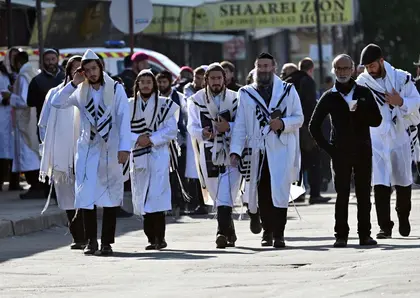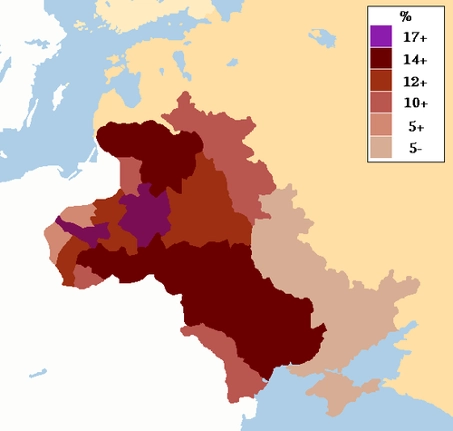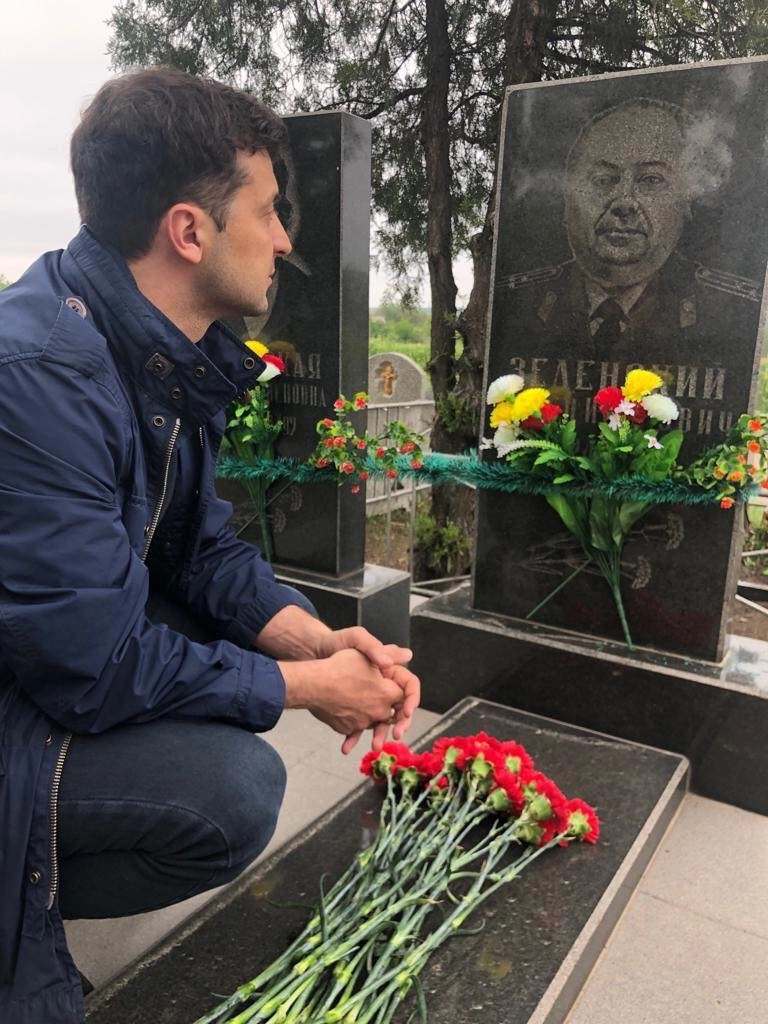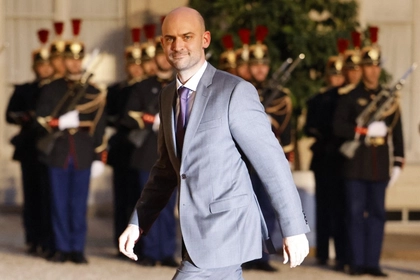Israel and Ukraine have reached an agreement on facilitating a Jewish pilgrimage to the central Ukrainian city of Uman for Rosh Hashanah, the Jewish New Year, major Israeli news outlets reported on Sept. 10.
Upwards of 10,000 Hasidic Jewish pilgrims – mostly from Israel, but also from other parts of the world – are expected to arrive in Uman for Rosh Hashanah celebrations running from Friday evening, Sept. 15, to sundown on Sunday, Sept. 17.
JOIN US ON TELEGRAM
Follow our coverage of the war on the @Kyivpost_official.
Initially, Kyiv had threatened to prevent worshippers from attending as a way of protesting Israeli policy changes in respect of Ukrainian refugees.
Michael Brodsky, Israel’s ambassador to Ukraine, announced the revised measures earlier in the week after holding talks with senior representatives of Ukraine’s State Border Guard Service.
What’s so special about Uman?
The central Ukrainian city of Uman houses the tomb of Rebbe Nachman of Breslov (1772-1810), one of the most influential figures of the Hassidic Jewish movement. The Jewish mystic, born in the western Ukrainian village of Medzhybizh, near Khemlnytsky, became the focal point of an important spiritual movement within Judaism.
Every year since Ukrainian independence allowed for the free expression of all religions – which had been severely curtailed during Soviet times – Jewish pilgrims have been flocking to the spiritual figure’s tomb.
![[VIDEOS] North Korean Troops in Russia Confirmed](https://static.kyivpost.com/storage/2024/10/19/a6f6a4c5d74d066019e5812a20c6514f.png?w=420&q=75&f=webp)
[VIDEOS] North Korean Troops in Russia Confirmed
What is the Hasidic movement?
Western and central Ukraine, along with Lithuania and Poland, was for centuries the heartland of Ashkenazi (or Eastern European) Jewish culture.
Jews began migrating into the Polish Kingdom from German territories, where the Yiddish language had developed. The Jewish population increased after successive exclusions, especially in the 14th century, after the Jews were blamed for spreading the plague.
Economic prosperity under the Polish crown saw a population explosion in the 16th and 17th centuries. Over time, the Jewish communities in the Polish-Lithuanian Commonwealth developed a unique form of spirituality: the Hasidic Movement.
Baal Shem Tov (1698-1760), a Jewish mystic and one of founders of the Hasidic movement, was born in what is today western Ukraine.
Rebbe Nachman of Breslov was Baal Shem Tov’s great-grandson, and the lineage gave rise to a prominent branch of Hasidic teaching that emphasized the pure joy of living according to the law of God.
After Nachman of Breslov died in Uman, a yearly pilgrimage to the Ukrainian city was instituted. During Soviet times, these were undertaken clandestinely. But following Ukrainian independence the number of pilgrims has continued to increase year on year.
1905 population density of Jews in Ukrainian territory under Russian Empire.
Could this signal a revival for Jewish culture in Ukraine?
Absolutely. After the tragic events of the Holocaust – in which Eastern European Jews were effectively wiped out in Ukraine, often at the hands of Ukrainians working as Nazi auxiliary police – there is most definitely a revival underway.
Despite the relatively small number of Jews in Ukraine – less than 1 percent of the population – their communities have gone to great efforts to re-establish a presence in the ancestral lands that gave rise to the unique Hasidic expression of Judaism.
The city of Dnipro, for example, houses the Menorah Center, associated with the Chabad-Lubavitchter movement, another Hasidic branch of Jewish spirituality. The Hasidic movement’s founder, Menachem Mendel Schneerson (1902-1994), was born in Mykolaiv and raised in Dnipro.
The Chabad-Lubavitchter movement is headquartered in Brooklyn, New York, but has branches worldwide and has been instrumental in preserving Hasidic spirituality after its near extinction during World War II.
Days before taking office in 2019, Ukraine President Volodymyr Zelensky put flowers on the grave of his Jewish grandfather, who fought the Nazis in World War II. (Facebook/Volodymyr Zelensky)
Today, Ukraine’s President Volodymyr Zelensky – a Russian-speaker of Jewish origins, whose relatives were killed in the Holocaust – has become a symbol for many of both Ukraine’s religious tolerance and its determination to rebuild Ukraine as a culture inclusive of all its historical populations.
You can also highlight the text and press Ctrl + Enter








